What it takes to be a Counter-Strike: Global Offensive observer
sapphiRe talks about one of esports' most vital backstage roles.
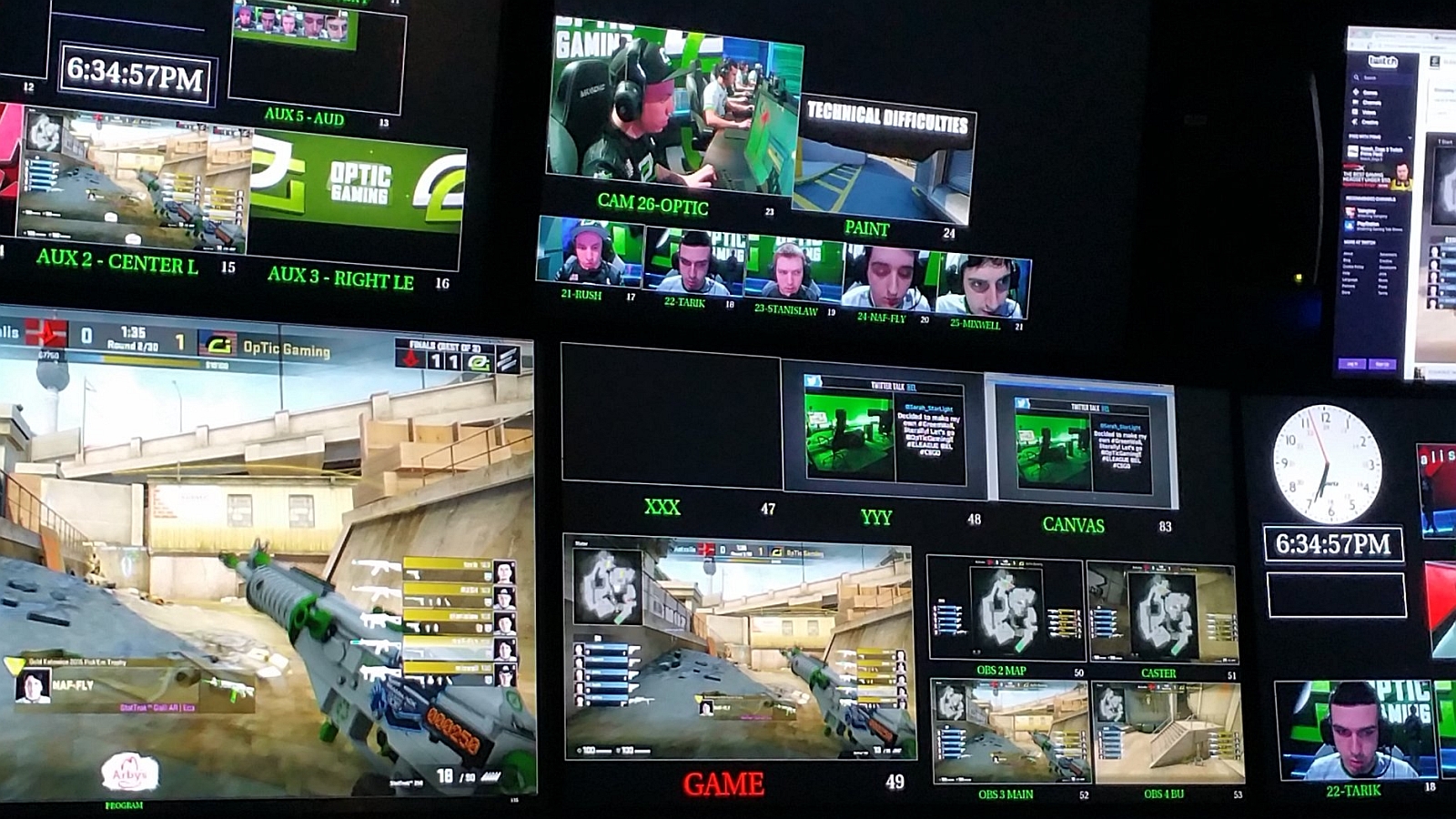
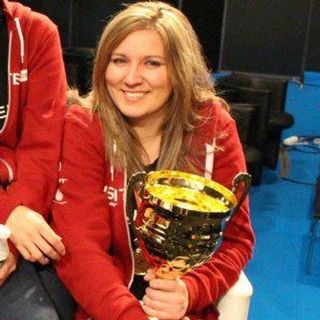
Heather has been observing CS:GO tournaments since 2015. Previously, she has seen success as a journalist and professional player, winning the ESWC 2012 Women’s Cup.
As the bombastic opening to last month’s ELEAGUE Major demonstrated, esports have come a long way since the LAN parties of the ‘90s. Within this developing environment, more and more unique careers are emerging. While CS:GO’s casters and analysts rival even the players in popularity, a further selection of vital backstage roles are only just starting to gain attention. Chief among these unsung heroes are CS:GO’s observers.
What is an observer?
By controlling the in-game camera, the observer decides which player perspectives or camera angles are broadcast during the match. When you’re watching an online stream, every viewpoint is chosen by them. With the onus on ensuring that the big plays are captured each round, the difference between a good and bad observer is not to be understated. Experienced observers are few and far between, and as tournaments continue to expand, it’s a position increasingly in demand. I had the chance to speak with Heather ‘sapphiRe’ Garozzo, one of CS:GO’s most accomplished observers, on what the role entails.
“An observer is essentially an in-game director for a match,” Heather says. “There’s a main director who’s telling people when to go in game, when to look at the team, the analyst's desk or the host. Then there’s the in-game director which is the observer. My job is to direct the action in the game. Essentially I’m a storyteller. I’m telling the story of a round or the match.”
A former professional competitor, Heather has been playing CS since its initial release in 1999. Alongside her gaming career, Heather began covering CS:Source as a freelance writer, travelling at her own expense to cover various events. Eventually noticed by companies such as ESEA and ESL, Heather moved onto CS:GO coverage until, out of the blue, she was asked to observe a match.
“One weekend, former competitive player impulsivE said he needed an observer,” recalls Heather. “I said you need a what? An observer? I guess I’ll give that a shot. I was kind of nervous as I’d never done that before and hadn’t really thought of an observer as a thing. I used to watch hundreds of demos, thousands of demos of teams for analytical articles. It turns out I was pretty comfortable with it.”
As it happened, this match was part of the 2015 ESL One Cologne Major Qualifier and opened the door to a career that few playing the game were even aware of. Since then, Heather has worked at a great number of notable events including the MLG Columbus Major and ESL Pro League Season 2 Finals.
Behind the scenes at the amazing #ELEAGUE as @OpTicGaming wins the Season 2 Championship!!! pic.twitter.com/rgSVfNYYm8December 4, 2016
Know the players, know the game
Anticipating the key moments in each round is no easy task, with players often spread across all corners of the map. A good knowledge of the scene is therefore a great boon. Getting a grasp of which players are the main entry fraggers, AWPers and lurkers is just the beginning. Getting to know the players themselves is the real goal.
The biggest gaming news, reviews and hardware deals
Keep up to date with the most important stories and the best deals, as picked by the PC Gamer team.
“I’d say what really sets me apart from the average observer is that, because I get to observe these guys so often, I know their style,” says Heather. “Like [EnVyUs’ AWPer] KennyS. He likes to play these very aggressive angles on Dust2. We’re watching the map most of the time, so we’re watching little dots on the radar. We’re not just clicking round through players trying to find something. When I see KennyS’s dot on that particular spot and I know he has an AWP? I’m probably gonna switch to him if I see a T approaching.”
“Another example is Stewie2K,” Heather adds. “He’s typically known for pushing through smokes. A lot of players see smokes as a wall. Not Stewie—don’t switch off him because he’s probably going to do something crazy. I think it really makes a difference for me, it allows me to be more reactive when I can anticipate the players.”
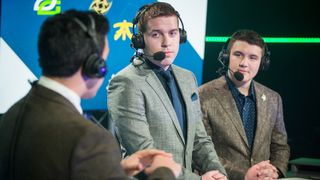
Caster relationships
This knowledge extends beyond those competing to the external talent. Another key part of an observer’s work is to compliment the casters. During a match, casters are often in direct communication with the observation team, making requests for specific viewpoints or statistics. Working in tandem over a number of tournaments, Heather has built up a rapport with CS:GO’s top casting talent, and is able to adapt her style to suit them.
“I have to work very closely with [them]” says Heather. “If you don’t have a good observer, the talented casters are going to be unable to do their job. They’re the narrators and I’m directing for them. I’m fortunate enough that I get to travel to a lot of different events. I’m seeing these guys every other weekend so I get to know them and build up a chemistry.”
“Sadokist likes to call things out that he wants to talk about, so I have to queue those up for him on the main screen,” Heather gives as an example. “Semmler likes to cover how many players lived or died on previous rounds so I need to dig into the scoreboard and damage done on players. It really helps to get to know their style. To the audience we want it to look like one complete package, not a bunch of different people.”
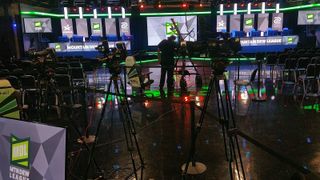
Rules of thumb
The level of involvement and prior knowledge required to reach the top might seem daunting, but Heather is quick to offer some basic tips to improve your observing significantly.
“There’re definitely a few rules of thumb. For example, in a 1v2 I’m almost always going to put the camera on the one person, because he’s always more likely to do something more impressive or pull off a clutch,” Heather advises. “When 5 Ts are pushing one CT, I could keep trying to guess which one is going to get the kill, but the better guess is to go on [the lone player].”
An observer’s goal is to consistently find the most exciting part of the match. This can involve swapping between both sides based on the pace of a team or which segment of the round is occurring.
“At the beginning of the round, you usually want to show the terrorists as they’re the ones that need to advance on the map,” says Heather. “What they’re doing is the most important thing on the map, unless the CTs do something special. Let that part unfold and then, when they’re about to execute onto a site, you often want to switch to the CTs.”
How to start observing
If observing sounds like your thing, the tools included in CS:GO make starting out easier than ever—but you’ll need to earn some experience before you hit the big leagues. Fortunately, Heather suggests, there is plenty of demand.
“I think of it as similar as the route to casting,” says Heather. “ESL is not going to hire you without some sort of experience, as you’re working with the directors and producers. Even after I got my start at ESL, I tried to do a lot of things on my own. For example on ESEA, or ESL and FACEIT there are literally hundreds of matches every night which go unstreamed, and people want to watch those. That’s a great opportunity to practice and build content on your Twitch stream. It’s as easy as firing up your stream [and posting the link] on a match page.”
An additional route is to work with those keen to get involved in other areas. The popularity of match commentators like Anders Blume and Henry “HenryG” Greer has led to many new faces keen to practice their casting talent. Most will be more than keen to work with an observer and ease their workload.
“I think that would be a great way to do it,” Heather says. “You have caster duos but I think it would be cool to have caster-observer duos. It’s really hard to cast and observe at the same time, so observe for them and you can both get experience.”
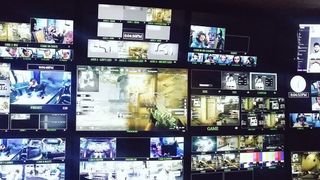
Deserving attention
By virtue of being an off-camera role, observing has been slow to gain recognition by the community—but times are changing. Last year’s ESL Pro League Season 2 Finals included observers among their talent announcement, and casters have even been making an effort to commend their good work.
“It’s such a nice feeling when they do that and it’s great to know we’re getting more attention,” says Heather. “I definitely notice that. Things as simple as that when the crew are picked up in the morning, we go with the talent. Casters are going to have preference for who they want to work with. Even on reddit too a lot of people get excited when a particular observer is announced.”
With most observers starting out as fans and players of the series, it’s fantastic to see their work gain appreciation in the audience. As esports evolve, here’s hoping these hidden stars continue to be acknowledged.
Most Popular


